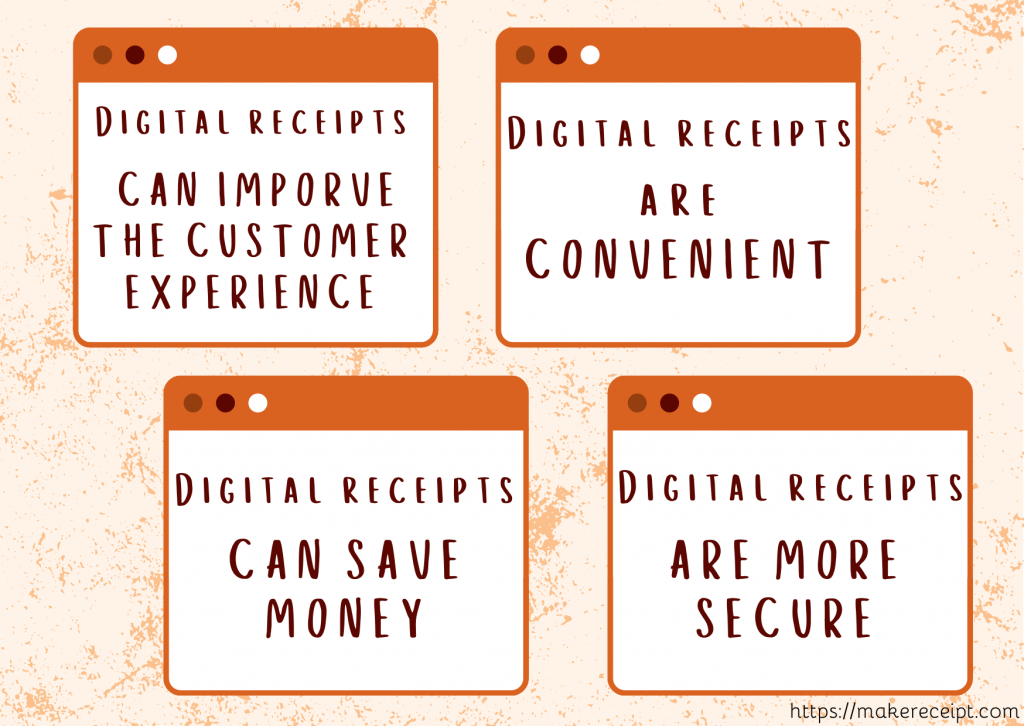Digital receipts are one of many ways retailers are using technology to improve their business – seriously, meant business. Retailers are using technology to increase the speed with which customers pay for their items, enhance the customer experience, and make checkout easier. They use a receipt maker, and this tool becomes a crucial part of the business.
Using an online receipt maker allows users to store receipts on their devices and reference them later. Having this feature can provide retailers with a significant advantage since it saves them from having to manually go through paper receipts.

Digital receipts can improve the customer experience.
- Digital receipts are more convenient and faster than paper receipts, and allow users to access their receipts at any time, rather than waiting for a receipt to be printed.
- Digital receipts can also be useful in providing feedback to retailers. Likewise, retailers can use digital receipts to provide customers with valuable feedback. For example, retailers can use digital receipts to collect information about customer preferences. They can then use this information to improve the design of future products.
Digital receipts are convenient.
Consumers who have a digital receipt can save time by quickly viewing their purchase history. They can also access a receipt from their mobile device when they need one. Retailers also share digital receipts with customers to build stronger customer relationships and increase sales.
Digital receipts can save money.
The next time you have to purchase, be sure to show your receipt as retailers always have an active store promotion. Retailers often offer discounts, coupons, or freebies to customers who show their receipts at the check-out counter.
Digital receipts are more secure.
Digital receipts are more secure than paper receipts because retailers cannot lose or misplace them. It can securely store digital receipts in the cloud instead of in an employee’s back pocket.

Digital receipts are greener.
A majority of paper receipts are coated with BPA or BPS, which can disrupt the endocrine system. Employees who frequently handle paper receipts have higher levels of BPA and BPS in their bodies than individuals without the same level of exposure. Digital receipts do not need paper, so the retailer does not need to waste paper and prevent exposure to harmful chemicals.
As with other records, digital receipts are personal.
They contain information you choose to put in them. They are sort of like a list of who has seen what. The personal information on your receipts could include things like what you bought, where you bought it, and how much you paid for it. This is a much more private kind of list than a public list like a list of library books.
Digital receipts are paperless transactions.
Keeping a record of your transactions on a computer or smartphone is much more likely now than keeping it on paper. Digital receipts often come in the form of an e-mail attachment. There is an option to be forwarded or printed, if necessary.
It is possible to store digital receipts for a long time.
Digital records are less vulnerable to being destroyed.
Receipts prove to be an invaluable record of transactions, especially when it comes to business. Records are kept for tax purposes, to show evidence of transactions and payments, and to keep track of business expenses. If you are an entrepreneur who deals with multiple receipts every day, consider using an electronic receipt generator. You may visit the FAQs page for more details.
